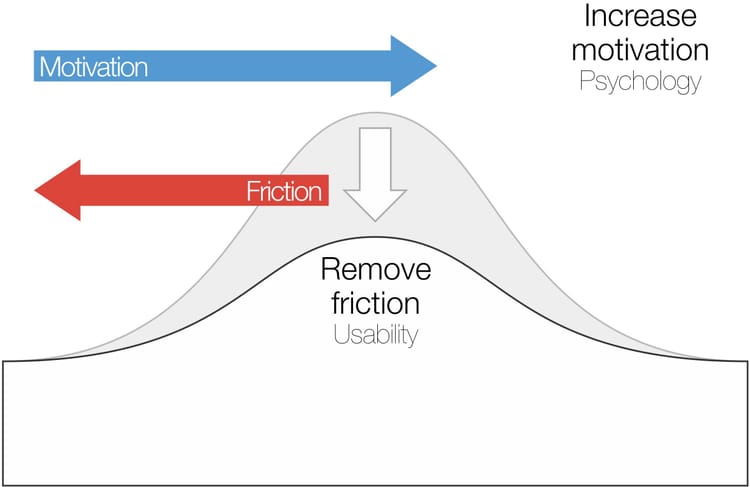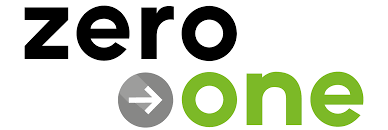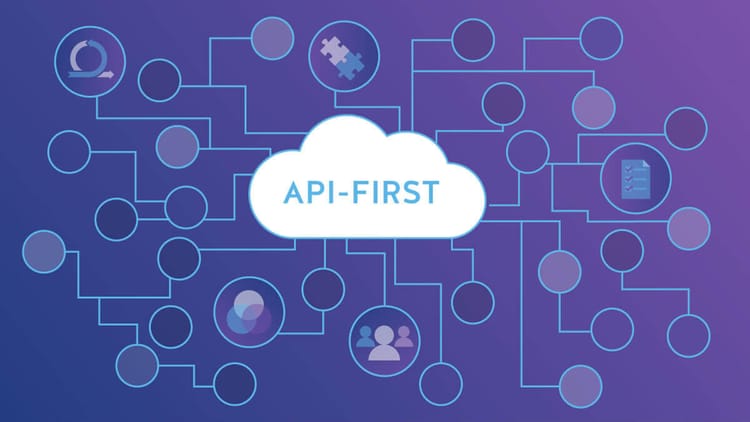Streamlining Partnership Decisions: The DACI Framework for Success
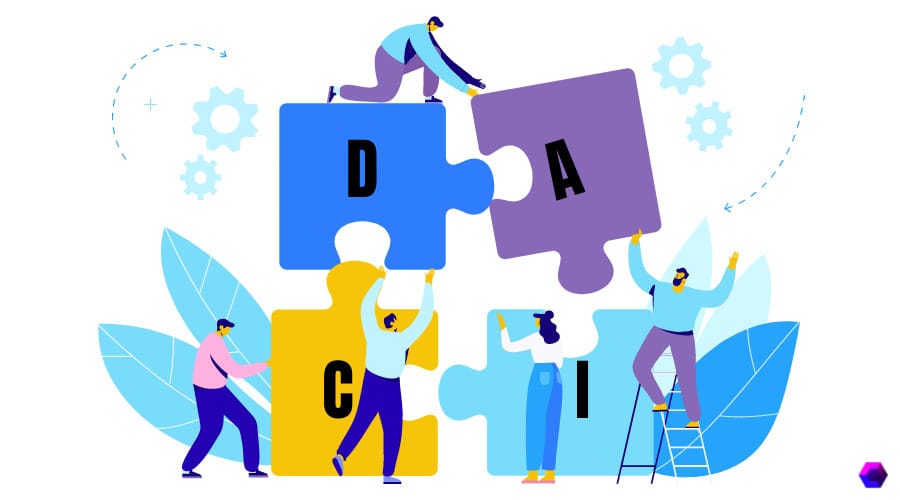
Strong partnerships are essential for business growth in today's competitive landscape. Finding the right partners and making sound decisions throughout the lifecycle of a partnership are crucial for success. The DACI decision-making framework can be a valuable tool to guide effective partnership decision-making.
What is the DACI Framework?
DACI is an acronym that stands for Driver, Approver, Contributor, and Informer. It's a structured approach to assigning roles and responsibilities within a decision-making process. Here's a breakdown of each role:
- Driver: The Driver is responsible for leading the decision-making process. They gather information, facilitate discussions, and present a recommendation to the Approver.
- Approver: The Approver has the ultimate authority to make the final decision. They consider the Driver's recommendation and may seek additional input before making a choice.
- Contributors: Contributors are the subject matter experts who provide information and analysis to support the decision-making process. They may come from various departments within the organization with relevant insights.
- Informers: Informers are kept in the loop about the decision-making process and its outcome. They may be impacted by the decision but don't directly contribute to it.
Benefits of Using DACI for Partnership Decisions
The DACI framework offers several advantages for partnership decision-making:
- Clarity and Alignment: DACI clearly defines roles and responsibilities, ensuring everyone involved understands their part in the process. This reduces confusion and fosters a more collaborative environment.
- Weighted Decision Criteria: The DACI framework encourages careful consideration of various factors before a decision is made. Contributors can weigh in with their expertise to ensure all relevant criteria are considered.
- Cross-Functional Input: By involving representatives from different departments as Contributors, the DACI framework leverages diverse perspectives to inform the decision.
- Objective Framing: The framework promotes objective framing of options, reducing the influence of personal biases on the decision-making process.
- Transparency and Communication: DACI fosters transparency by clearly outlining the decision process and keeping stakeholders informed. This builds trust and strengthens partnerships.
- Faster Decision-Making: By assigning clear roles and establishing a structured process, DACI can help teams arrive at decisions more efficiently.
Tools to consider different options
The DACI framework allows you to use many ways to outline the options available to the team such as:
- Weighted Pros and Cons: This method involves listing the pros and cons of each option and assigning a weight to each factor based on its importance. This can be helpful for quantifying the potential impact of each decision. However, it can be subjective when assigning weights.
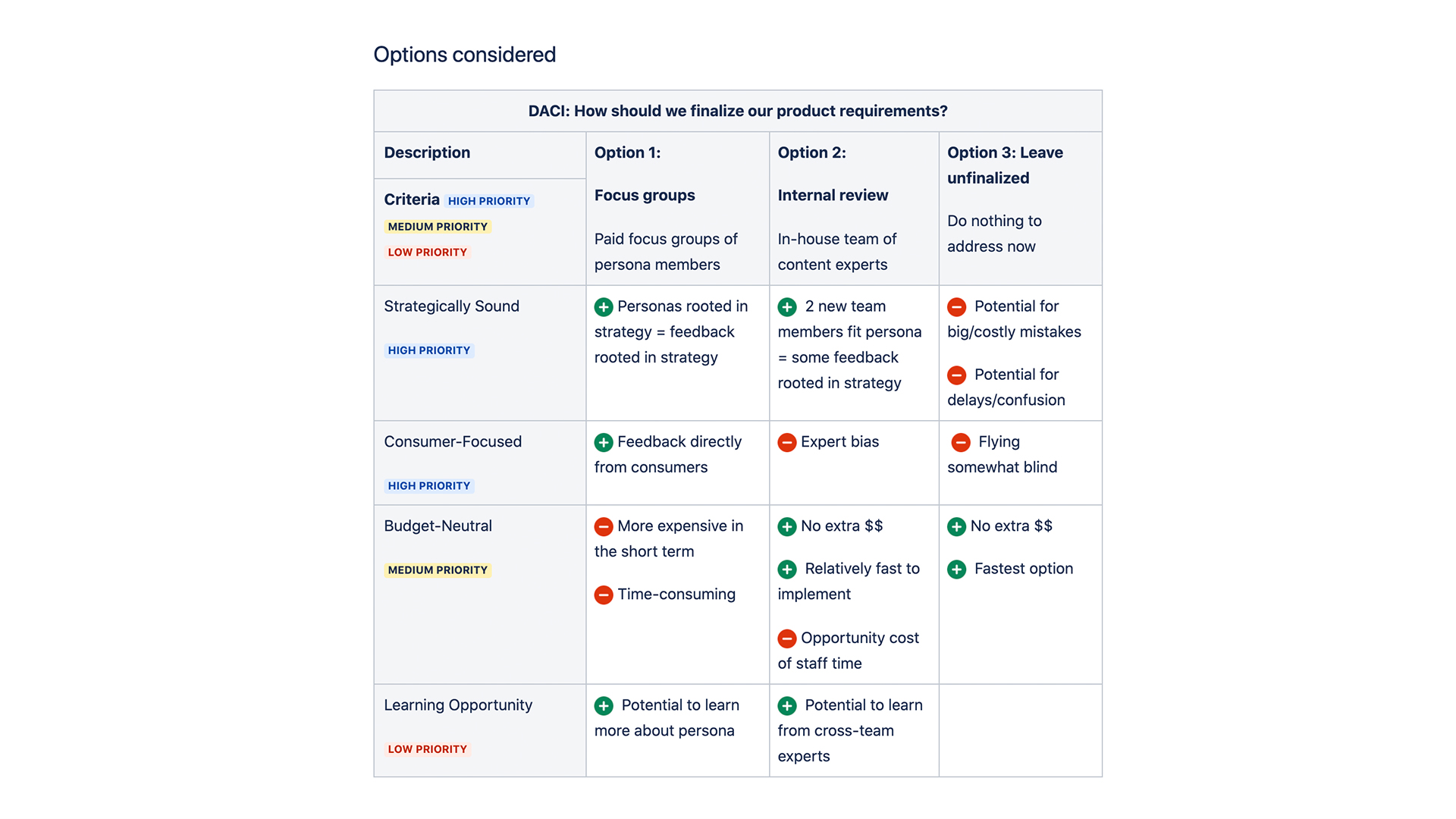
- Force-Field Analysis: This method involves identifying the driving forces (supporting the decision) and restraining forces (hindering the decision). This can be helpful for understanding the potential challenges associated with each option and developing strategies to overcome them. However, it can be time-consuming to map out all the forces at play.
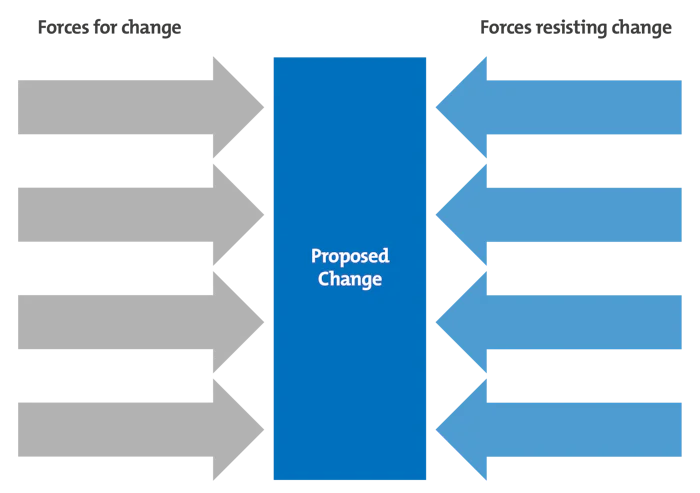
The DACI framework can be combined with these methods to create a more comprehensive decision-making process. For example, Contributors within the DACI framework can utilize weighted pros and cons or force-field analysis to inform their input on different options.
Examples of Partnership Decisions Using DACI
Here are some examples of how the DACI framework can be applied to common partnership decisions, along with how weighted pros and cons or force-field analysis might be integrated:
- In-source vs. Outsource an Integration Build:
- Driver: Partner Engineering
- Approver: CTO
- Contributors: Development Teams, Alliances
- Informers: GTM, Leadership
- Weighted Pros and Cons: Contributors could weigh factors like cost, expertise, speed, and control for both in-sourcing and outsourcing options.
- Force-Field Analysis: Driving forces for outsourcing might include access to specialized skills and faster project completion. Restraining forces could include loss of control over the integration process and potential security risks.
- Select Between Two Potential Marketing Partners:
- Driver: Partner Marketing
- Approver: CMO
- Contributors: GTM, Alliances
- Informers: Events, Operations
- Weighted Pros and Cons: Contributors could consider factors like partner reach, target audience alignment, campaign experience, and cost for each partner.
By following the DACI framework, partnership teams can make informed decisions that are aligned with strategic objectives and contribute to the success of the partnership.
Evidence suggests that it can improve communication, streamline decision-making, and foster stronger partnerships.
“Choices are the hinges of destiny.” — Pythagoras
If you enjoyed this piece, please share it. Thanks. 🙏
Related Reading


